Understanding the Rules
Before diving into strategies or learning about the great players of the past, every chess enthusiast needs a solid grasp of the rules of the game. These rules have been refined over centuries to create balance, fairness, and endless depth. From the initial setup of the pieces to special moves like castling and en passant, each rule plays an important role in shaping the battles fought across the 64 squares.
Pawns
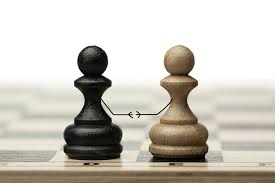
Pawns are the foot soldiers of chess. They move forward one square at a time but capture diagonally. On their very first move, pawns can move forward two squares, which often leads to early clashes in the center. Pawns cannot move backward, making their decisions permanent. The pawn’s true power comes from promotion. When a pawn reaches the farthest rank, it can transform into any piece (except a king), usually a queen. This means a humble pawn has the potential to become the most powerful piece on the board.
Knights
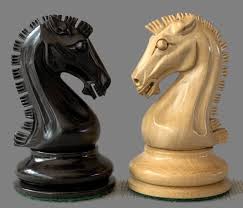
Knights are the most unique pieces in chess. They move in an L-shape: two squares in one direction and then one square perpendicular, or one square in one direction and two perpendicular. This odd movement allows knights to jump over other pieces, the only chess piece that can do so. Knights are especially powerful in closed positions where the board is crowded, since they can leap into key squares while other pieces are blocked. However, they are slower than long-range pieces, so positioning is crucial for their effectiveness.
Bishops
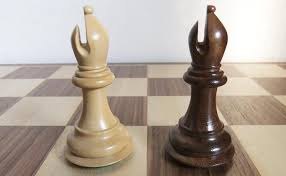
Bishops move diagonally across the board for any number of squares. Each bishop begins on either a light or dark square and remains on that color throughout the entire game. This means that each player controls two bishops that complement one another. Bishops thrive in open positions where their long diagonals are unobstructed. Working together, a pair of bishops can dominate both color complexes and are often considered slightly stronger than a pair of knights in many endgames.
Rooks
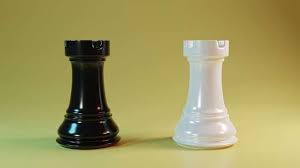
Rooks are the towers of the chessboard, moving any number of squares in straight lines horizontally or vertically. They are most powerful when the board is open and when they control long files and ranks. Rooks also play a special role in castling, where one rook and the king move together for safety and development. This makes them essential both for defense and for launching powerful endgame attacks.
Queens
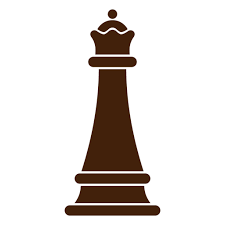
The queen is the most powerful piece in chess. It combines the moves of the rook and bishop, traveling any number of squares horizontally, vertically, or diagonally. Because of this versatility, queens are often the centerpiece of attack and defense. However, bringing the queen out too early can make her vulnerable to harassment. Skilled players balance her power carefully, often developing other pieces first before unleashing the queen in middlegame attacks In endgames, a queen’s ability to cover wide distances makes her a decisive force in checkmating the opposing king.
Kings
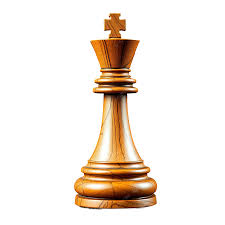
The king is the most important piece in chess, but also one of the weakest in movement. It can move one square in any direction: horizontally, vertically, or diagonally. Because the king cannot be captured,the entire game revolves around keeping him safe while threatening the opponent’s king. A king in check must move out of danger, block the threat, or capture the attacking piece. When a king cannot escape check, it is checkmate, and the game ends immediately. In the endgame,kings become surprisingly powerful, often leading their pawns into battle and helping to secure promotion.
Special Rules
Chess also has several special rules that make the game more dynamic. The most famous is castling, where the king and rook move at the same time. The king shifts two squares toward a rook, and that rook jumps over the king to land beside him. Castling is only legal if neither piece has moved before, the squares between them are empty, and the king is not in check or passing through check. Castling helps safeguard the king while activating a rook.
Another unique rule is en passant, a special pawn capture. If a pawn moves forward two squares from its starting position and lands beside an enemy pawn, that enemy pawn may capture it as if it had only moved one square. Finally, when pawns reach the last rank, they are promoted, usually to a queen. These rules add depth and strategy, making pawns surprisingly powerful when handled well.
Check, Checkmate, and Stalemate
The ultimate goal of chess is to checkmate your opponent’s king. When a king is in check, it means it is under immediate threat of capture. The player must remove the check by moving the king, blocking the attack, or capturing the threatening piece. If none of these options are possible, the king is in checkmate and the game is over. Checkmate does not mean the king is literally captured — the game ends immediately.
Not all games end in checkmate. A stalemate occurs when a player has no legal moves, but their king is not in check. In this case, the game ends as a draw. Draws can also happen by insufficient material (when neither side has enough pieces to deliver checkmate) or by repetition and the 50-move rule. These outcomes ensure that games don’t drag on forever and give players more ways to fight for survival.